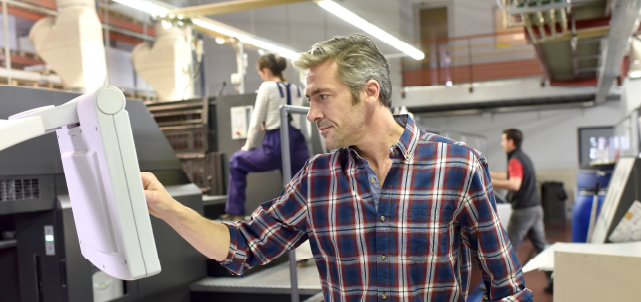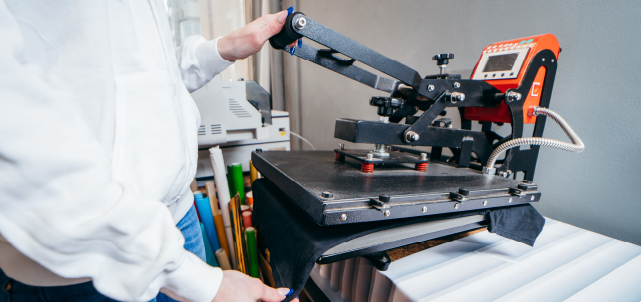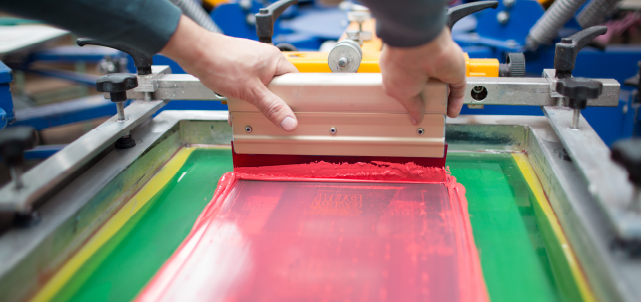The Impressions Expo Long Beach is one of the industry’s most advanced showcases. It’s set up for attendees to easily learn about and interact with the latest products and services in the screen printing industry. The expo is an incredible opportunity to gain insider knowledge, learn trade tips and tricks, and compare equipment and services in person.
One piece of technology that attendees should be interested in seeing at the event are computer-to-screen (CTS) systems (also referred to as direct-to-screen: DTS). In the short term, CTS technology provides screen printers with incredibly detailed, high-quality screens. And, in the long run, CTS can also save shops both time and money, thanks to no longer needing to purchase, treat, and store film, as well as other ancillary materials like glass.
Such an opportunity doesn’t come often, so it’s important to know beforehand what to look for in a CTS system when walking the trade show floor. To make this process as simple and transparent as possible, we’ll be outlining several different areas for you to check for, so you can find the CTS system that’s right for you.
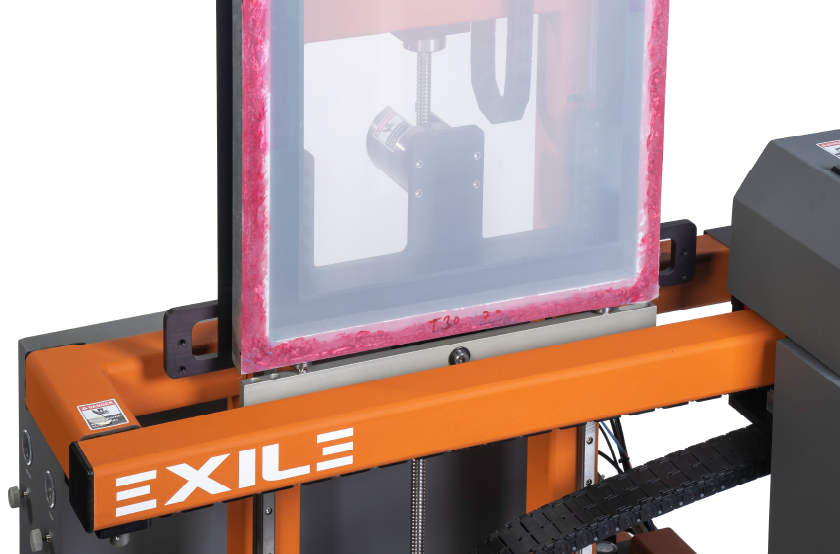
Equipment Design
CTS technology has been on the market since at least the mid-1990s, and has improved greatly since then. One such improvement over that time has been the small footprint that the latest CTS systems feature. With their innovative vertical designs, the best CTS systems can free up incredible amounts of square footage in any operation.
The best CTS systems also come equipped with easy-to-use interfaces. A few of CTS’ big selling points are how quick and efficient they are, and an intuitive interface naturally fits that ethos. Some of the better CTS systems feature a built-in touch screen interface that lays out all its options and settings in a clean, simple-to-follow format.
Top-of-the-line CTS systems can also support various frame sizes, with some being able to support frames up to 30” x 40” in size. Larger frames can mean larger, more detailed images, which ultimately make for higher-quality prints. This is a good thing to keep in mind while you attend the Impressions Expo and other industry showcases.
High-Quality Results
Newer, top-of-the-line printing systems can utilize high-density inks to produce heavier, higher-quality prints than most film and liquid ink systems. For example, EXILE Technologies offers a phase-change ink for the Spyder Computer-to-Screen systems. This high-density ink comes in a solid brick form that the Spyder system melts into a liquid phase, before jetting the ink onto a coated screen frame.
The ink instantly cools to a solid form again once on the screen. This allows the screen to be handled immediately without worrying about drying time. This technology allows for higher UV density, improved dot control, and improved emulsion support.
Some of the more industrial CTS systems support printing up to 1,200 dots per inch (DPI).
Most CTS printing systems also utilize registration systems to ensure screen printers accurately and consistently reproduce screens. A system’s points of contact help lock screens in exactly the right place, every time. These locks prevent the frames from moving, which can be crucial for more detailed designs.
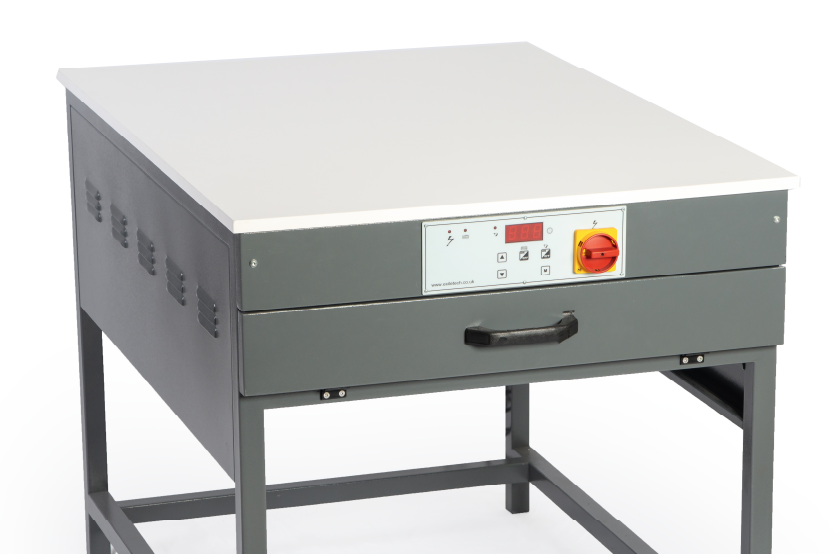
Efficient Technology
As mentioned earlier, one of the key benefits of CTS technology is superior mechanical and production efficiency. With traditional film printing technology, there are several costly and time-consuming steps that must be completed, which introduces far more room for error.
However, with CTS technology, the number of steps is greatly reduced, meaning screen printers can produce detailed and extremely accurate screens in under a minute.
When setting up the screens, the film needs to be taped to carrier sheets, which is then taped to the screen. These steps are part of a manual process that can commonly result in less accurate registration.
However, with a quality registration system, screens are positioned in the exact position each time, and separations are printed from a single file, resulting in extremely precise registration when setting up. Not only will this make setup quicker and smoother, but it will help achieve an accurate reproduction of the artwork on the garment.
Some of the more impressive CTS systems provide support for exposure unit integration. These exposure units allow you to easily load/unload screens and keep them at the appropriate exposure distance from the light source. From here, with just the press of a button, your screens will be properly exposed with just the right amount of light, for just the right amount of time. Many of these exposure units, such as the V-LUX and EXPOSE, are designed specifically for CTS systems, so they can be incorporated with no hassle.

Long-term Benefits
CTS systems are an investment for screen printers. While the initial price tag may be towards the higher end, there are plenty of reasonable financing options available. And, over time, the systems will pay for themselves by reducing production time and eliminating film and labor costs. CTS technology also enables print shops to fill more orders, meaning more profits.
So, while you’re attending industry events, like the Impressions Expo in Long Beach, keep this list handy to know what to look for in a CTS system when walking the trade show floor. This way, you’ll be able to find the CTS system that’s right for you and your operation. And be sure to visit EXILE at the event, in Booth #1111.
For well over 30 years, EXILE Technologies has been developing industry-leading screen printing technology like CTS systems and automated exposure units. Regardless of your operation’s size and needs, we have the expertise and resources to help you take the next step forward. Contact us today for more information on how EXILE Technologies can help you.

